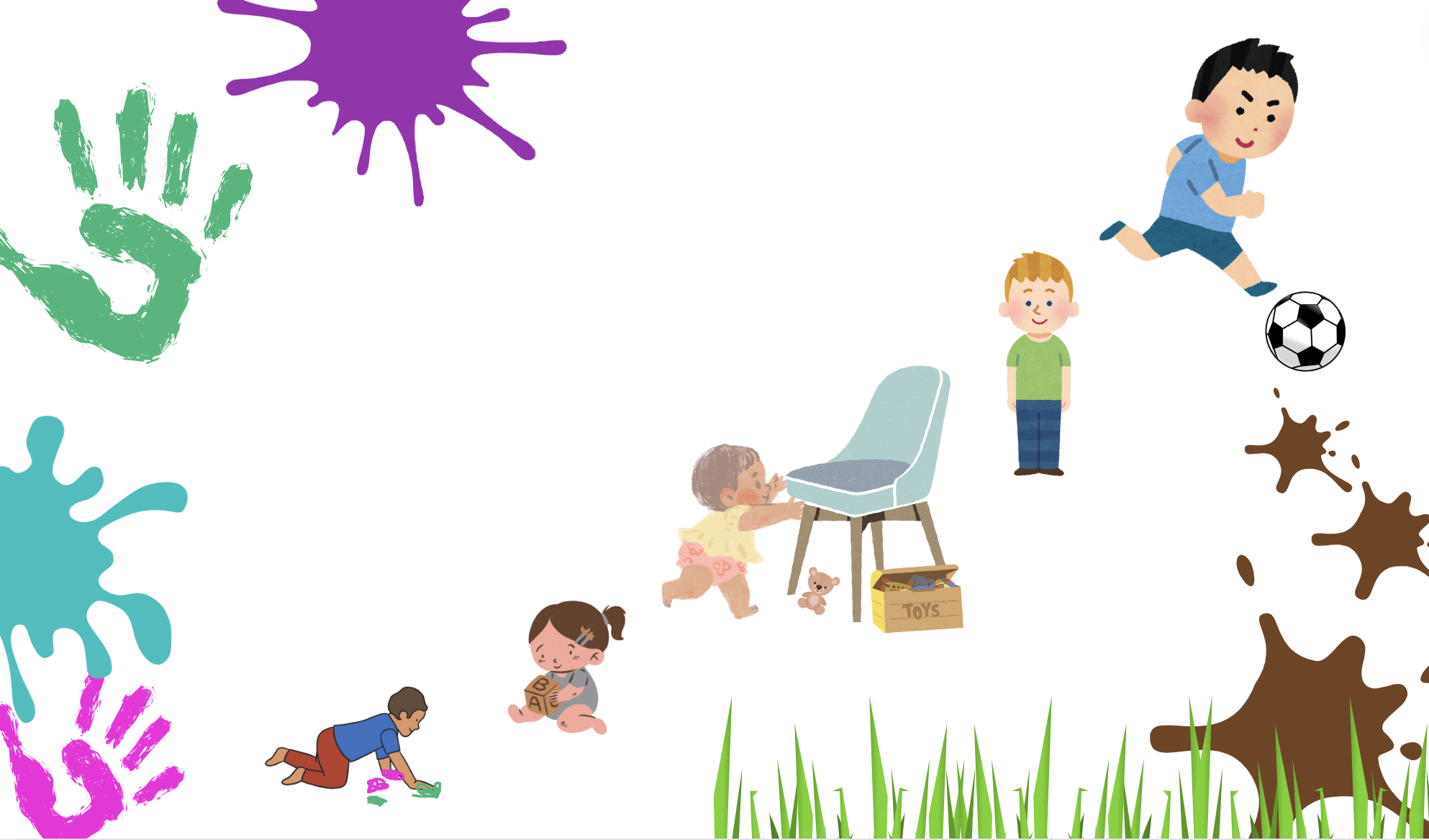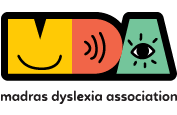
Delayed/Missed Developmental Milestones and Learning Disability
Early Intervention
By Dr Lal DV Nair Developmental & Behavioural Paediatrician MD, Vistara Child Development Centre group, Chennai. Program Director- IAP Fellowship in Developmental & Behavioural Paediatrics Saveetha CDC, Dept of Paediatrics, Saveetha Medical College, Chennai
Learning disabilities (LD) are developmental disorders in which there are severe difficulties in reading, writing/doing calculations, in a child with normal vision, hearing and adequate social opportunity, even after adequate instructions are given. Learning problems cause much stress to children and family. The more intellectually able the LD child, the greater is the frustration.
Emotional and behavioural overlays, such as clowning, withdrawal, or hostility, may become a part of the child’s way of distracting others from their academic weaknesses. They may later develop symptoms like tiredness or headache after school, anxiety and depression.
Risk factors favouring later development of LD:
- Dyslexia – inherited in some families; a number of genes may predispose an individual to dyslexia.
- Girls with low birth weight are more than twice at risk for developing reading disability.
- Children with birth weight < 2Kg have poor visuo-motor perception and are at risk for developing reading disability and learning disability in mathematics. Children with very low birth weight (<1.5Kg) have higher risk of mathematical disabilities than children with normal birth weight.
- Preterm children (<36 weeks gestational age) also have more risk of mathematical disabilities and other learning problems.
- Complications in newborn period prone for LD, especially mathematics disorder.
Knowledge of these risk factors should make you seek proper assessment and remediation early.
Developmental delays related to later learning issues:
Delays in co-ordination, speech and language, attention and perception often predict onset of learning issues early. In the first 5 years, the gross motor movements (large muscle) get refined. As the large muscle movements improve, the child develops the ability to refine fine motor movements of hands like: learn to grasp, pick-up small objects, hold objects, feed self, cut food items and tie shoe laces. In the process the child learns to use the eyes and hands together to become more accurate in motor skills. Through refinement of motor movements, the child refines its perception of space, weights, textures which help the child develop the skills needed later in school work.
Between 1-2 years the child should be able to build a tower of 3 blocks, turn 2-3 pages of a book, scribble, self-feed with minimal help, make strokes and paint with whole arm movement. If the child is unable to do these it implies that this child may have/develop poor development of hand and finger strength, delayed independent play skills, delayed development of self-care skills (such as eating) and delayed manipulation skills.
Between 2-3 years, the child should be able to string four large beads, turn single pages of a book, snip with a pair of scissors, hold a crayon with thumb and finger (not fist), use one hand consistently in most activities, imitate circular, vertical, and horizontal strokes, paint with some wrist action, make dots, lines, circular strokes, roll, pound, squeeze, and pull play dough and should eat without assistance. The failure of attaining these implies that there are delayed self-care skills (such as eating), delayed pre-writing skill development, delayed manipulation of small objects such as toys, pencils and scissors, frustration when manipulating small toys and objects. All these may later affect learning or predispose the child to learning disability, especially in writing.
In the first year of life, the baby hears the sounds of its language; the melody of the language is perceived first. The development of the sounds of the language are seen as cooing at 2 months, babbling at 6-9 months (monosyllables by 6 months and disyllables by 8-9months), echoing, and finally producing the first meaningful word, such as mama or papa, looking at a specific person. From then on word strength grows exponentially with an average child having between 2,500 to 5,000 words in the first 5 years and achieving basic mastery of mother tongue.
The age from birth to 3-years, the stage which Dr Maria Montessori referred to when the child has ‘The Absorbent Mind’, the brain is bombarded with information by the senses. The human being must assimilate this sensory input, and in the first 5-years begin to organize it in a meaningful way. Information is sequenced, assimilated and organized for using later. Between 3-5 years the brain develops an inhibitory system in which targeted bits of sensory information are attended while ignoring extraneous information.
Thus, the brain begins to develop the ability for the selective and sustained attention necessary for learning in school. Hence, persistence of increased movements or extreme distractibility beyond this age should raise suspicion in the parent’s mind. Throughout the first 5 years of life the child is refining their ability to interpret the sensory information their brain receives and to perceive finer and finer details of this input. For example, at birth the child can perceive sound but this perception needs to be refined from gross sound awareness (loud/soft, high/low, etc.) to the minute differences of speech sounds to be ready to begin reading tasks of kindergarten and Class 1.
Reading skills develop only with direct instruction. Reading disability (dyslexia) arises from deficits in phonologic awareness. Phonemic sensitivity, phonetic decoding, word recognition, word decoding skills and reading comprehension develop in stages. When one stage is affected, the next often fails to develop. When co-ordination, language, attention, and perception proceed in an average progression of ability, the child is ‘ready’ for the higher cognitive tasks of reading, writing, spelling, math, science, and social studies. When these areas develop unevenly or are deficient, the child will be seen to have difficulty with some or all of the early academic learning tasks.
A child who has average/above average mental ability may often compensate in early elementary classes even if they have processing deficits, and hence may not be identified and referred for assessment till Class 3.
Problems you have to look for at preschool age:
- Problems pronouncing words
- Trouble finding the right word
- Difficulty singing nursery rhymes
- Trouble learning the alphabet, numbers, colours, shapes, days of the week
- Difficulty following directions or learning routines
- Difficulty controlling crayons, pencils, and scissors, or colouring within the lines
- Trouble with buttons, zippers, snaps, lacing shoes
Between 5-9 years the following may be pointers for a learning issue:
- Trouble learning the connection between letters and sounds
- Unable to blend sounds to make words
- Confuse basic words when reading
- Slow to learn new skills
- Consistently misspells words and makes frequent errors
- Trouble learning basic math concepts
- Difficulty telling time and remembering sequences
Recent advances in child development have revealed that a child’s early experience significantly affects the learning trajectory of that child. The limitations in social and cognitive development of the children entering kindergarten schools can be significantly reduced or eliminated through early identification and developmental interventions starting from infancy. Hence the physical, social-emotional, and educational health of all children should be assessed and promoted from birth at each pediatric consultation. However, a developmental lag might not be considered a symptom of a learning disability until the child is older, but if you recognize it when the child is young, you can intervene early. If the initial skill is not developed, further skills may not develop without scientific remedial intervention.
